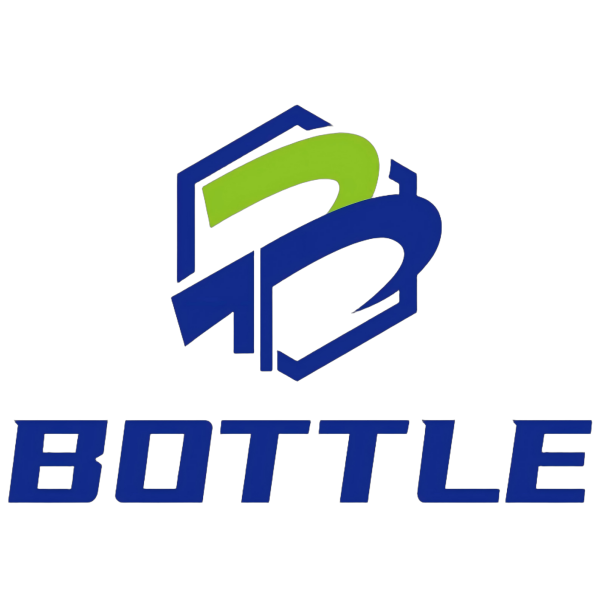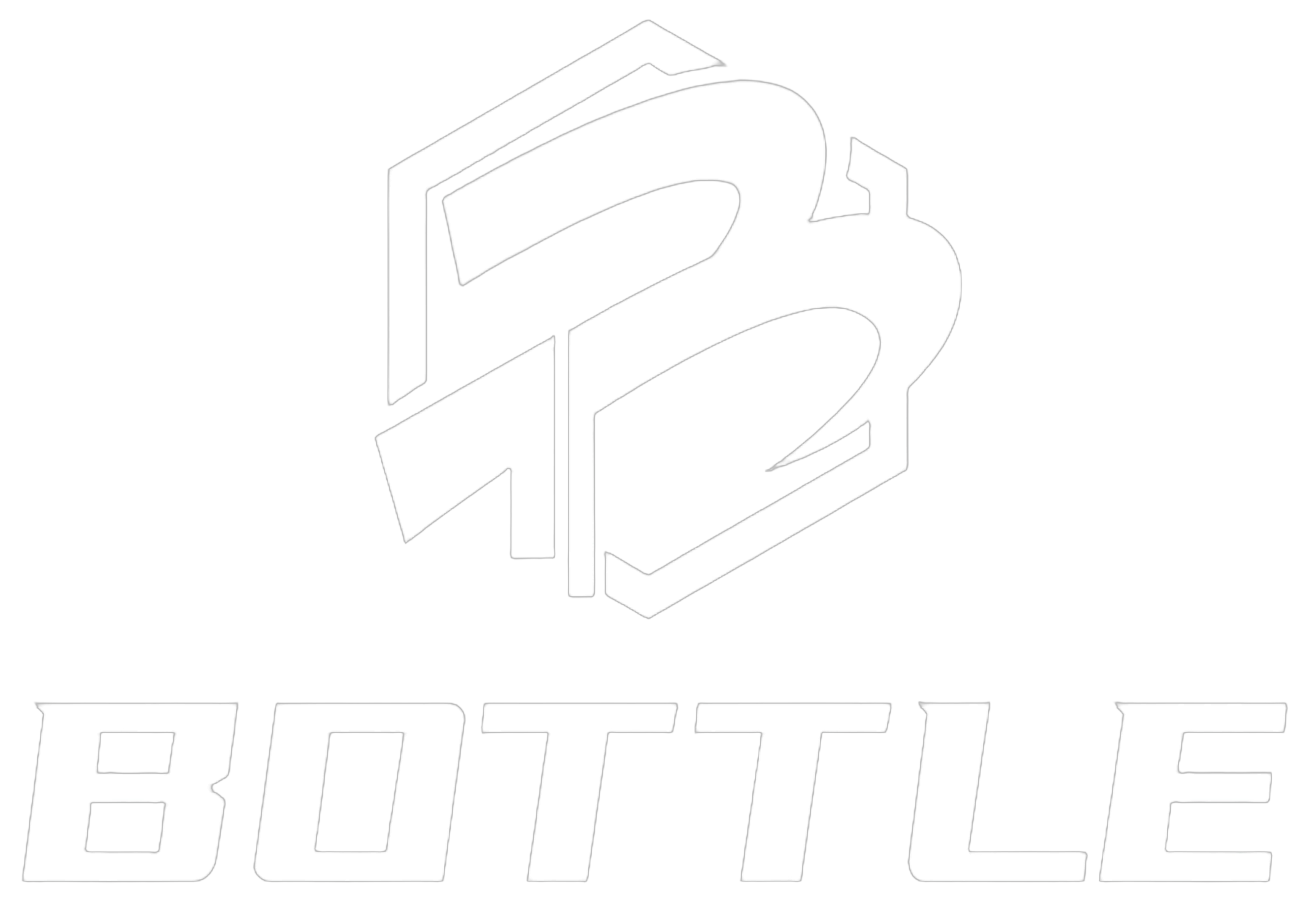Understanding the Power and Versatility of Industrial Chain Solutions
Industrial chains have become an indispensable component across various sectors, from manufacturing facilities to outdoor construction sites. These robust mechanical systems serve as the backbone for countless operations, enabling smooth material handling, efficient power transmission, and reliable load securing. Their widespread adoption stems from their remarkable combination of strength, durability, and adaptability in demanding environments.
The evolution of industrial chains has witnessed significant technological advancements, resulting in specialized designs that cater to specific industry requirements. Modern chain systems incorporate innovative materials and engineering principles that enhance their performance while reducing maintenance needs. This continuous innovation has established industrial chains as a crucial element in both industrial operations and outdoor applications.
Key Applications Across Industries
Manufacturing and Production Lines
In manufacturing environments, industrial chains play a vital role in conveyor systems, assembly lines, and material handling equipment. These chains ensure continuous production flow by facilitating smooth movement of components and finished products. Their precision-engineered design maintains optimal tension and alignment, crucial for maintaining production efficiency and preventing costly downtimes.
Advanced manufacturing facilities rely on specialized industrial chains for automated systems, where timing and synchronization are critical. These chains feature enhanced wear resistance and precise pitch control, enabling them to maintain accuracy even under heavy loads and continuous operation.
Construction and Heavy Equipment
The construction sector heavily depends on industrial chains for various applications, from crane operations to excavation equipment. These chains must withstand extreme conditions, including exposure to dirt, moisture, and varying temperatures. Their robust construction ensures reliable performance in lifting operations, where safety and load security are paramount.
Heavy equipment operators particularly value the versatility of industrial chains in different terrain conditions. Whether it's stabilizing loads on steep gradients or providing traction in muddy conditions, these chains demonstrate exceptional reliability and strength.

Performance Advantages in Challenging Environments
Weather Resistance and Durability
Modern industrial chains are engineered to withstand harsh weather conditions, making them ideal for outdoor applications. Advanced coating technologies and materials protect against corrosion, rust, and UV damage, ensuring longevity even in challenging environments. This weather resistance is particularly valuable in marine operations and exposed industrial settings where environmental factors can significantly impact equipment performance.
The durability of these chains extends beyond mere weather resistance. They maintain their structural integrity under extreme temperature variations, from freezing conditions to high-heat environments, making them versatile tools for year-round operations.
Load Capacity and Safety Features
One of the most significant advantages of industrial chains lies in their impressive load-bearing capacity. Modern chain designs incorporate safety factors that exceed standard requirements, providing peace of mind in critical lifting and securing applications. The ability to distribute load forces evenly across links reduces stress points and extends operational life.
Enhanced safety features include load-limiting mechanisms and visual wear indicators, allowing operators to monitor chain condition and prevent potential failures. This proactive approach to safety has made industrial chains the preferred choice in applications where reliability is non-negotiable.
Maintenance and Longevity Considerations
Preventive Maintenance Strategies
Implementing effective maintenance protocols significantly extends the service life of industrial chains. Regular inspection schedules, proper lubrication, and tension adjustments help prevent premature wear and ensure optimal performance. Modern chains often feature self-lubricating components that reduce maintenance requirements while maintaining efficiency.
Training personnel in proper chain maintenance techniques proves invaluable in maximizing investment return. Understanding early warning signs of wear and implementing timely interventions prevents costly replacements and minimizes operational disruptions.
Cost-Effectiveness and ROI
While quality industrial chains may require higher initial investment, their long-term cost-effectiveness becomes evident through reduced maintenance needs and extended service life. The durability and reliability of properly maintained chains translate into fewer replacements and decreased downtime, contributing to overall operational efficiency.
Organizations increasingly recognize the value of investing in premium chain solutions, considering the total cost of ownership rather than just initial purchase price. This approach often results in substantial savings over time, particularly in high-demand applications.
Future Trends and Innovations
Smart Chain Technologies
The integration of smart technologies with industrial chains represents an exciting development in the field. Embedded sensors and monitoring systems provide real-time data on chain performance, load conditions, and maintenance requirements. This predictive maintenance approach helps prevent unexpected failures and optimizes maintenance schedules.
Advanced materials research continues to yield improvements in chain design, focusing on reducing weight while maintaining or enhancing strength characteristics. These innovations promise to further extend the applications and benefits of industrial chains across various sectors.
Sustainable Solutions
Environmental considerations are driving the development of more sustainable chain solutions. Manufacturers are exploring eco-friendly materials and production processes that reduce environmental impact without compromising performance. Energy-efficient designs and recyclable components are becoming increasingly important factors in chain selection.
The focus on sustainability extends to the entire lifecycle of industrial chains, from production through maintenance to eventual recycling. This holistic approach aligns with global environmental initiatives while meeting the demanding requirements of industrial applications.
Frequently Asked Questions
How often should industrial chains be inspected?
Industrial chains should undergo visual inspection before each use and receive thorough professional assessment at least quarterly. High-load or continuous-use applications may require more frequent inspections. Regular monitoring helps identify wear patterns and potential issues before they become critical.
What factors affect the lifespan of industrial chains?
Several key factors influence chain longevity, including operating environment, load conditions, maintenance practices, and quality of initial installation. Proper lubrication, correct tension settings, and protection from extreme environmental conditions can significantly extend service life.
How do I choose the right industrial chain for my application?
Selection should consider factors such as load requirements, operating environment, speed needs, and maintenance capabilities. Consulting with chain specialists helps ensure proper matching of chain specifications to application demands, optimizing performance and longevity.


